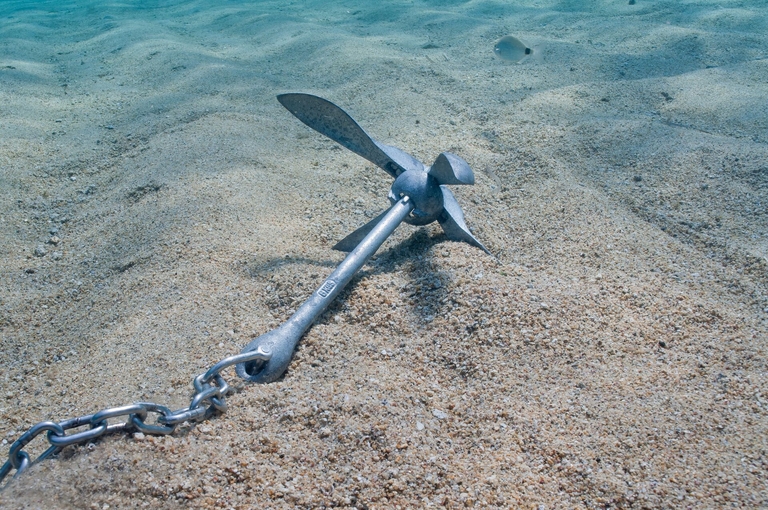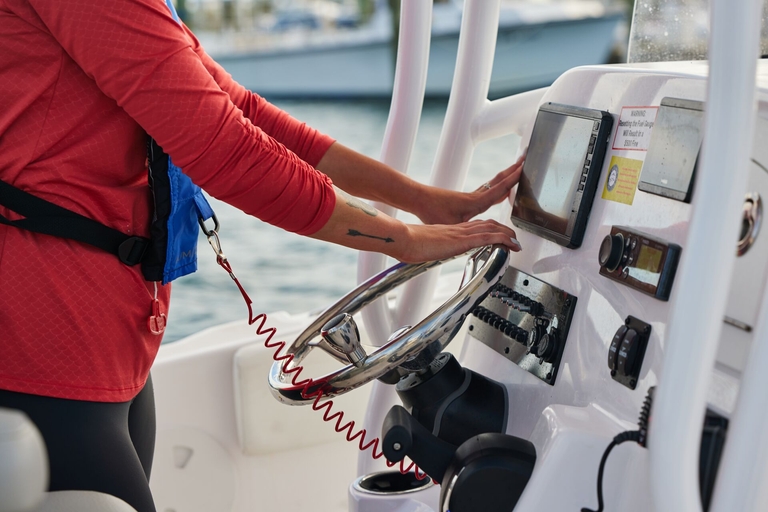What Are the Parts of a Boat?
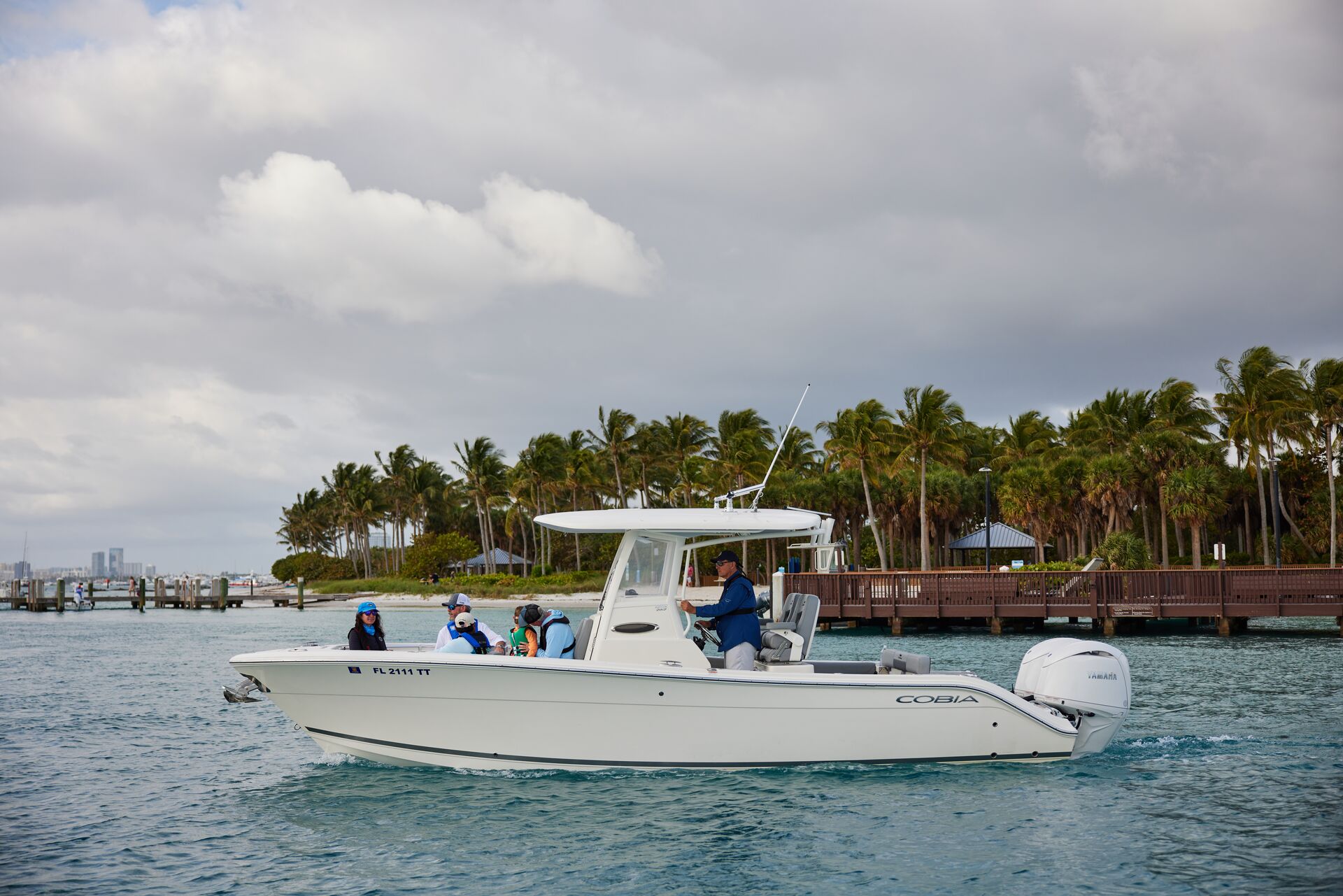
When you want to stay safe on the water and are interested in boating for fun, knowing the parts of a boat is essential. Knowing what each part is and how it functions makes you safer and also helps you educate others when they plan to spend time on your boat with you.
Along with ensuring you have all the vital gear you need for your excursion, such as fire extinguishers, life jackets, communication devices, first aid kits, and more, you need to feel confident in understanding the boat itself and how its parts work together.
Here's what to know about some of the primary boat parts, what they look like, and what they do so you can boat safely and take good care of your vessel.
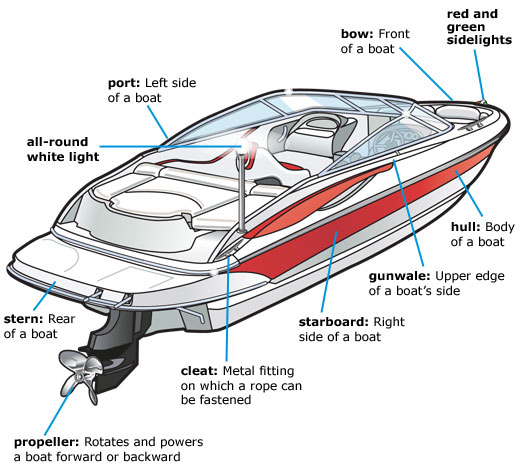
The Hull
Most people picture the hull when they think of a boat. This is the main body of the boat and sits in the water.
Several types of hulls exist, including displacement, planing, and semi-displacement. Generally, these terms refer to the depth of the hull itself and whether it's more of a V-shape or a flatter style.
Fiberglass, wood, steel, and aluminum are four of the most common materials used in boat hulls. The material used for your boat will depend on the type and style of boat you choose, along with the age of it and whether you're looking for something in a higher or lower price range.
Bow and Stern
The bow is the front part of the boat, and the stern is the rear.
A bow is one of the most essential parts of a boat because it provides stability and helps the boat cut through the water. Then, the stern is generally where you mount the boat's motor. Some boats have multiple motors, whereas others only have one.
The Keel
The boat's keel is the very bottom of the hull and runs from the bow to the stern. Not only does the keel help make the bost more stable, but it also works to reduce any sideways drift you might otherwise experience.
Naturally, you want the boat to go where you're steering it, and a strong keel helps make that easier.
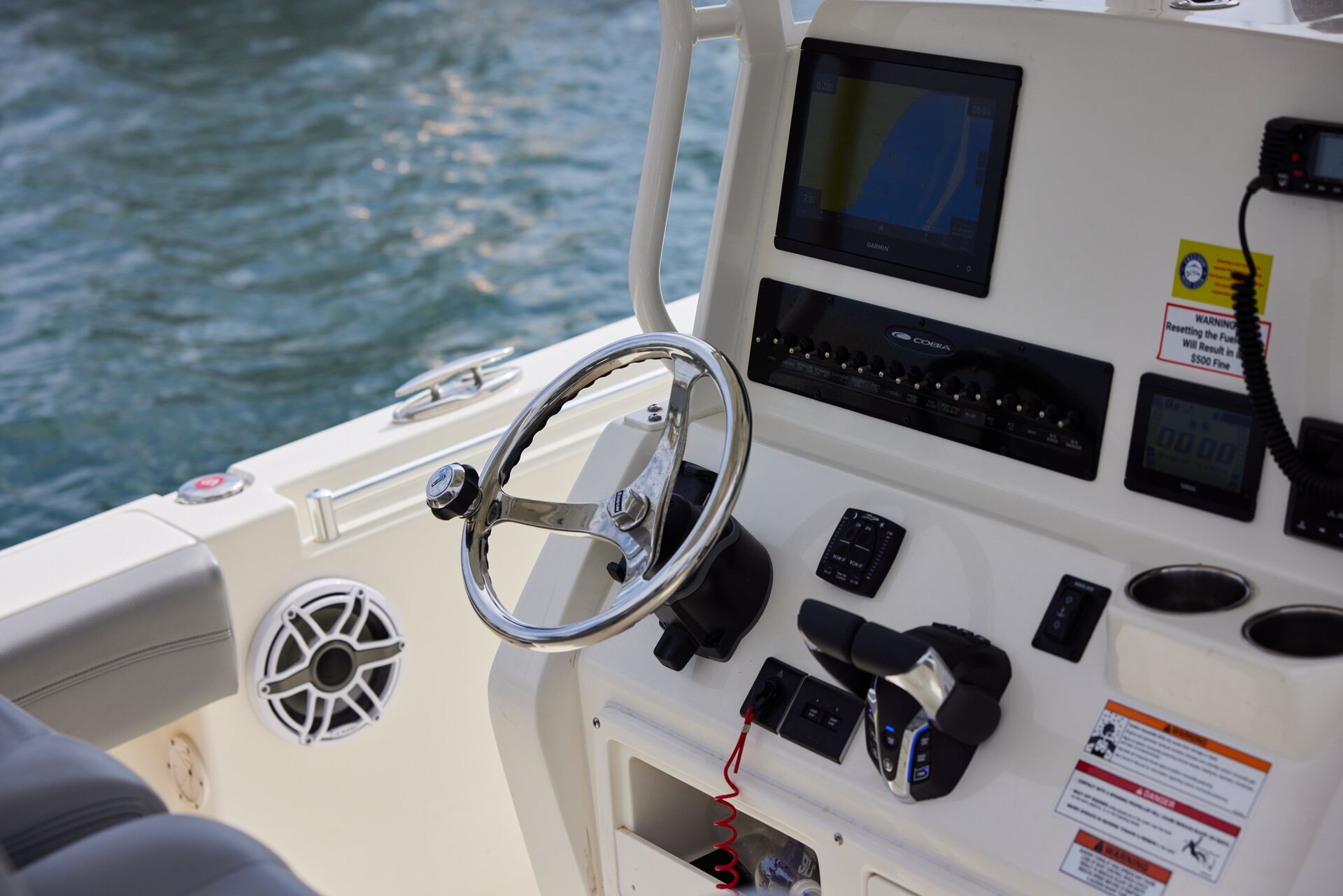
The Helm
The helm is the boat's steering mechanism, which includes the steering wheel, throttle, and instruments used for navigation. Whether you're using GPS to navigate new waterways, have a fish finder, or use other instruments and systems, they're generally all located at the helm.
The Bilge
This is the lowest part of the boat inside the hull, and it collects any water that might get inside the boat.
Especially on larger boats or those that typically make their way through rougher waters, a bilge pump helps remove that water and ensures the boat retains its buoyancy.
Gunwales
This is the term for the upper edge of the hull. It offers structural integrity to the boat and has a place to mount fittings such as rails and cleats.
Make sure you have strong gunwales on any boat you choose, especially if you're mounting items for fishing, towing, or other activities.
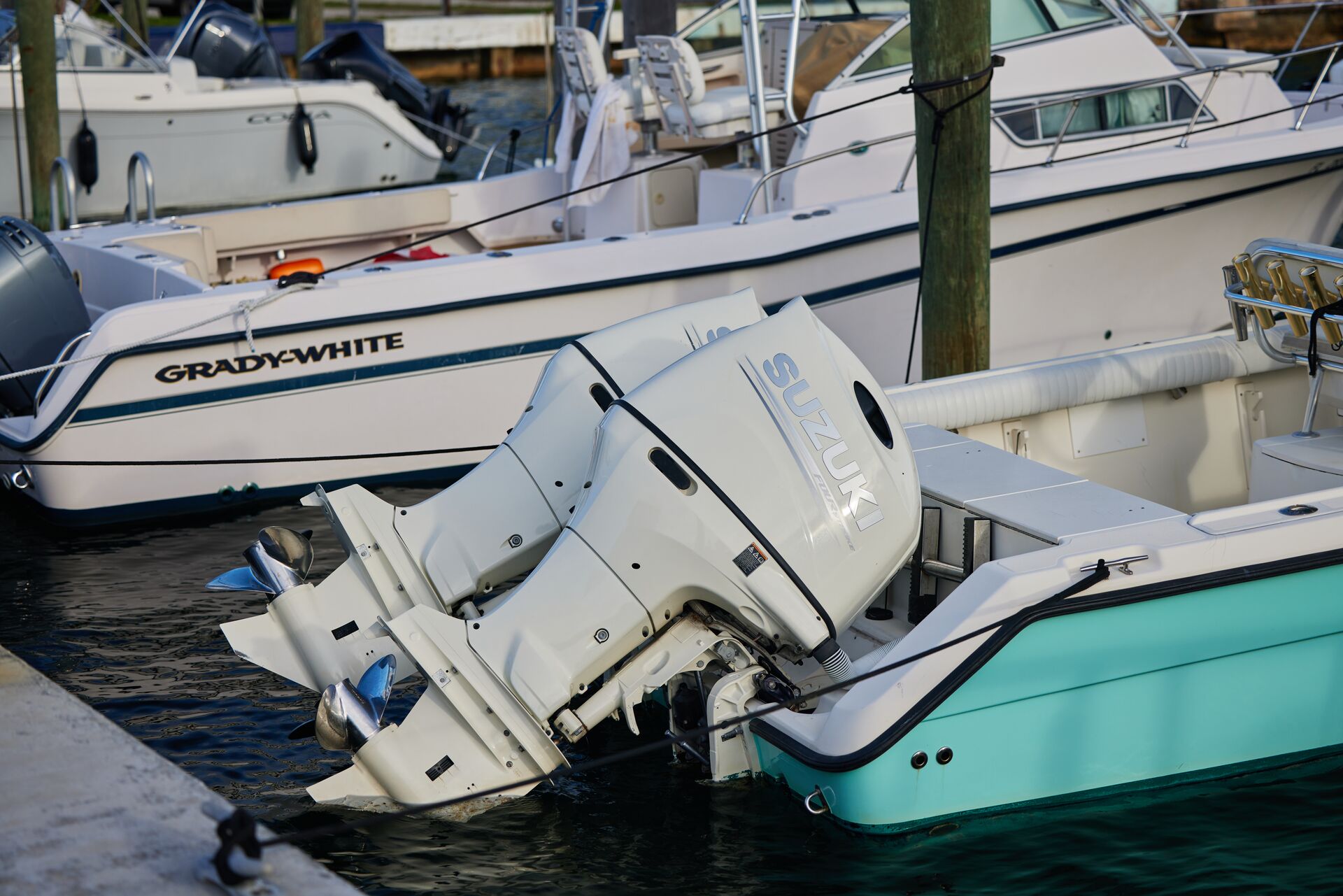
The Propeller
A propeller is a rotating blade powered by an engine that moves the boat forward.
Generally, a propeller is located at the stern of the boat, just slightly below the waterline. Depending on whether you have an outboard motor or one that's internal to the boat, the propeller may or may not be attached to the base of the motor itself.
The Cleats
Cleats are strong metal fittings attached to the deck and used to secure ropes. They're typically used for both docking and mooring the boat.
You want to ensure your cleats are solidly affixed to the deck and in good shape so you can reduce any risk of damage when docking the boat in rough water.
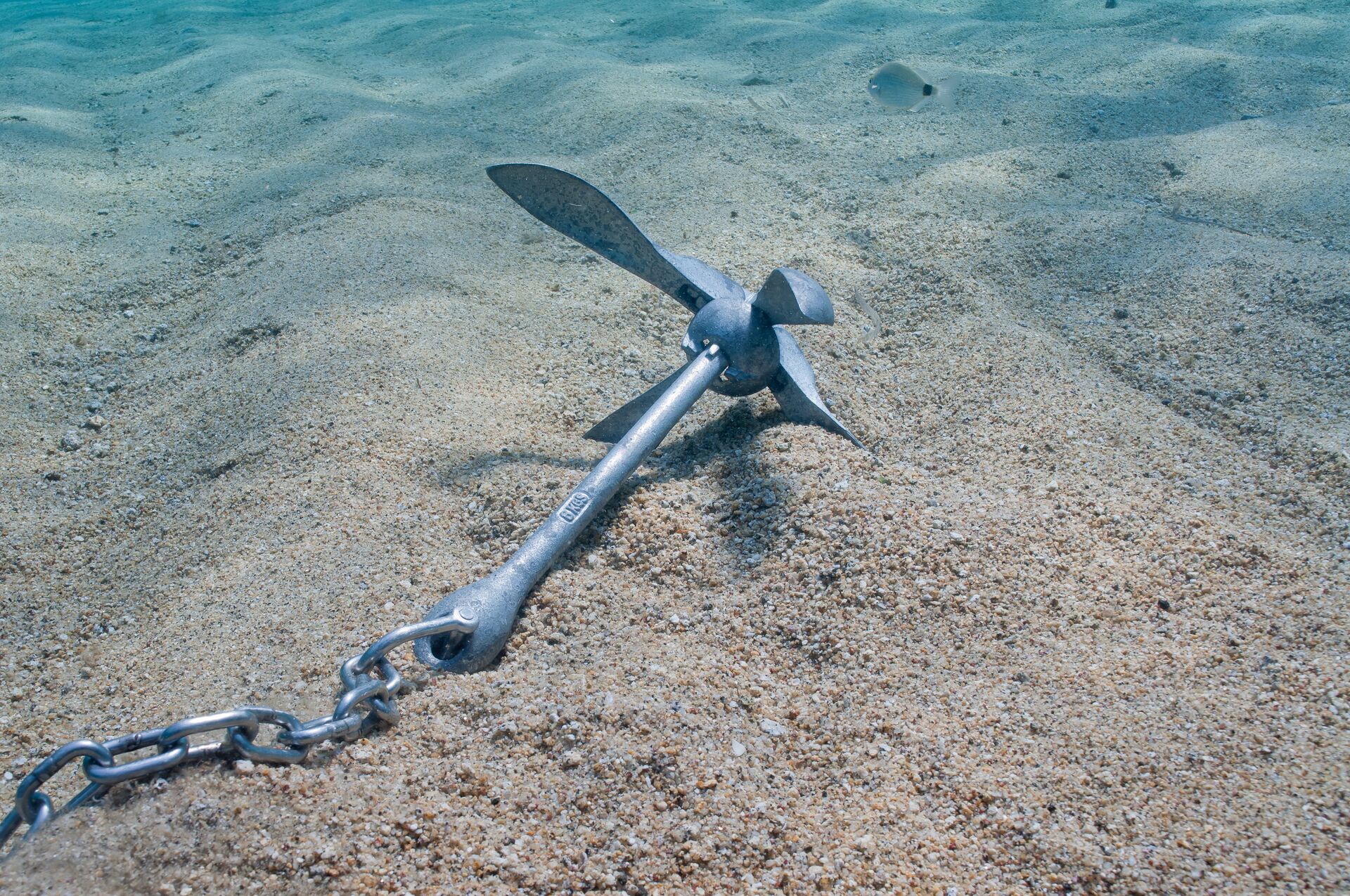
The Anchor
An anchor is a heavy object used to moor the boat to the seabed and keep it stationary. The goal of an anchor is to keep the boat in one place and prevent it from drifting with the current.
Depending on their shape, there are several different types of anchors, including fluke, plow, and mushroom.
Navigational Lights
These lights are required by maritime law and are designed for navigation and safety.
They typically consist of red and green sidelights, a white stern light, and an anchor light. Some larger boats also require more lighting than smaller ones.
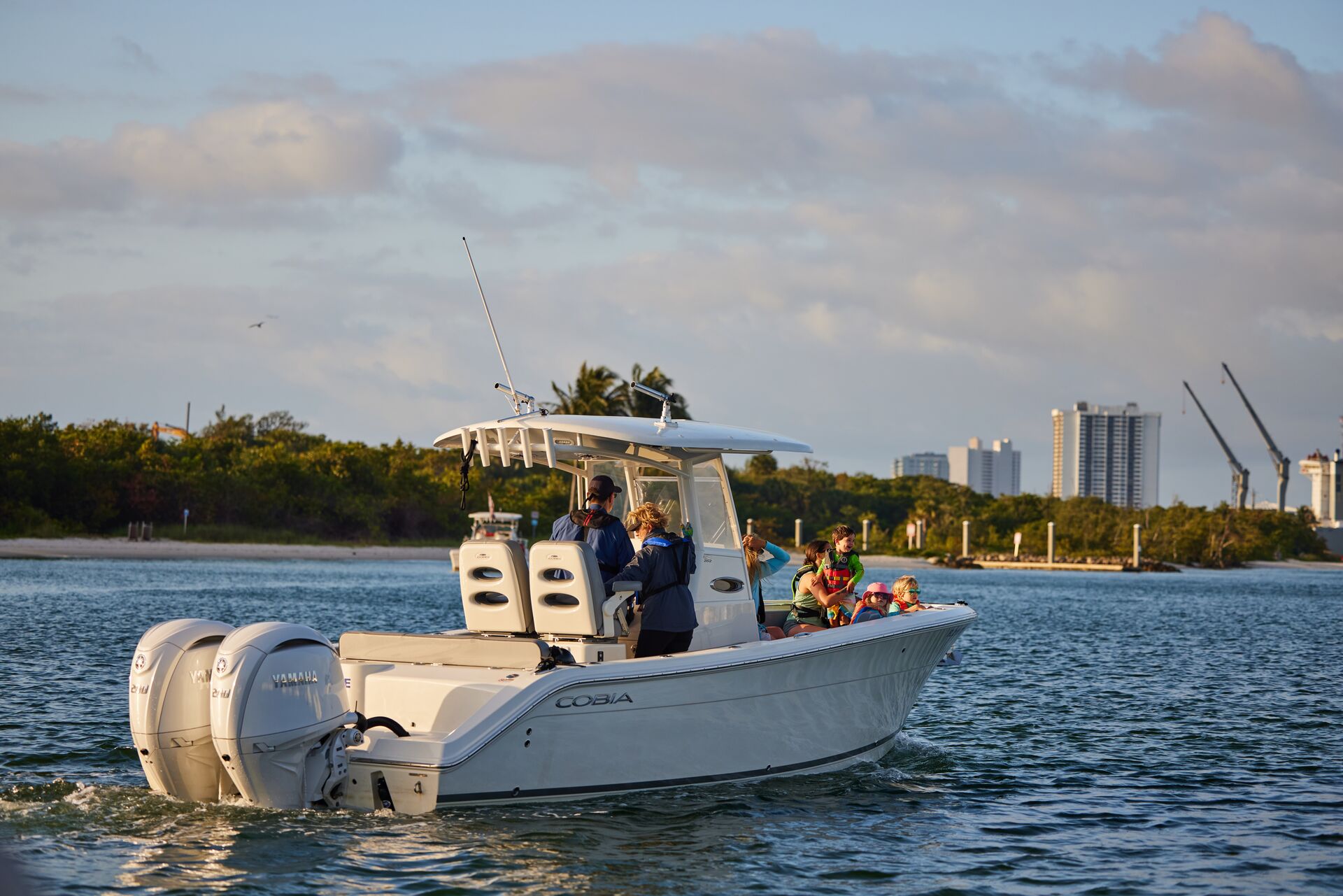
Learn More About the Parts of a Boat with Boat-Ed
We've shared the highlights about the parts of a boat — but there's much more to learn about boat parts, how they work, and how to stay safe when boating.
One of the best ways to ensure you can care for and enjoy your boat throughout the season is to take a boat education course through Boat-Ed. You'll learn more about the parts of a boat, how to navigate safely, what gear you need, and much more.
With this knowledge, you have a better (and safer) time on the water and experience all the joy boating offers. So, before you hit the water again, make sure you've taken a boating education course! Most states require these courses before operating boats and personal watercraft, and Boat-Ed makes it easy to learn through our online courses.
Choose the course for your state and start learning!

